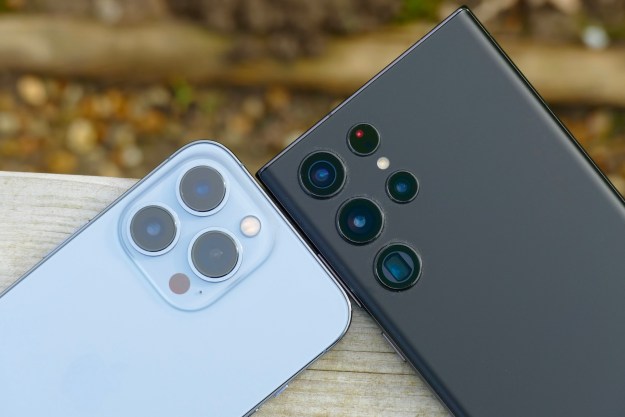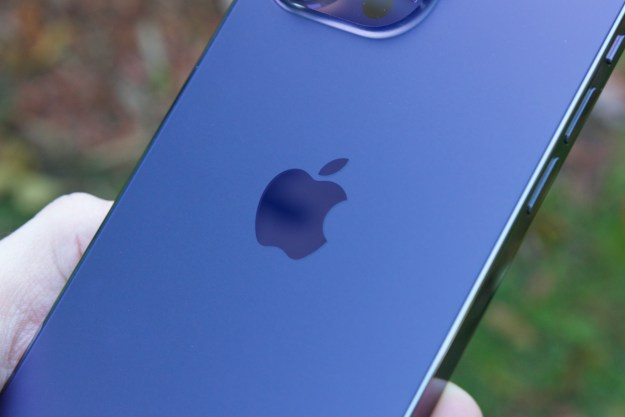
Check out our review of the Apple iPhone 5S smartphone.
Apple’s Touch ID lets you unlock your new iPhone 5S with more than just your fingerprint. All that’s needed is something warm and fleshy.
As Japanese tech site Rocket News reports (via Mashable), one iPhone 5S user was able to successfully secure his iPhone 5S using another personalize body part: His nipple. As the video below shows, an unregistered nipple failed to unlock the handset, just as a random fingerprint keeps out snoops.
Last week, TechCrunch proved in a separate video that it is possible to use a cat’s paw to secure an iPhone 5S using Touch ID. All you have to do is register the paw with the device, just as you would a fingerprint. Because this is the Internet, we know you want to see the cat, so here’s that video, too:
Setting up a fingerprint (or other body part) with Touch ID requires the user to hold his finger on the Home button, under which the Touch ID sensor is located, multiple times until the device has successfully created a detailed image of the print. The setup typically takes less than a minute to complete. But if the user moves the finger too much, setup can fail.
Apple allows user to register up to five separate prints, which can then be used to unlock the device, or to authorize purchases through iTunes. Once a print is registered, Touch ID allows the person three tries with the fingerprint sensor before it prompts the user to input a 4-digit pin instead.
Lastly, I went with the most secure body part I could think of – and all I will say is that I had to take off my pants.
Now that finger alternatives are a thing, I wanted to test the limits of what Touch ID will allow. Based on my experiments, I found that knuckles will work – though it is much more difficult to register a knuckle than it is a fingerprint. I failed multiple times before getting that to work. Once it was registered, however, the knuckle did not prove an easy alternative to a fingerprint – I couldn’t get it to unlock my device, after multiple attempts.
Elbows failed entirely – it was simply too difficult to hold my elbow on the Home button accurately enough to register it as a biometric key. I’m sure it could be done with some assistance, but this was even worse than the knuckle.
Lastly, I went with the most secure body part I could think of – and all I will say is that I had to take off my pants. Unlike the knuckle and elbow, however, registering my nether region was a breeze. (It was quite chilly, in fact.) And not only did I successfully register this private part with relative ease, I was also able to use it to unlock the device. I think you can understand why there isn’t a video of this one.
Of course, using your junk to secure your iPhone isn’t just gross and absurd, it’s also impractical – you won’t be able to unlock your handset in public without drawing some unwanted attention, for example. But given that you leave your fingerprints everywhere, and that hackers have already broken through Touch ID’s defenses using a photocopy of a fingerprint and some wood glue, your manhood may be the most secure option you have.
Now, excuse me. I have to go buy some Purell.
Editors' Recommendations
- Nomad’s new iPhone case and Apple Watch band may be its coolest yet
- Best iPhone deals: Save on iPhone 15, iPhone 15 Pro Max and more
- iPhone 16: news, rumored price, release date, and more
- Here’s how Apple could change your iPhone forever
- Best iPhone 15 deals: How to get Apple’s latest iPhone for free


